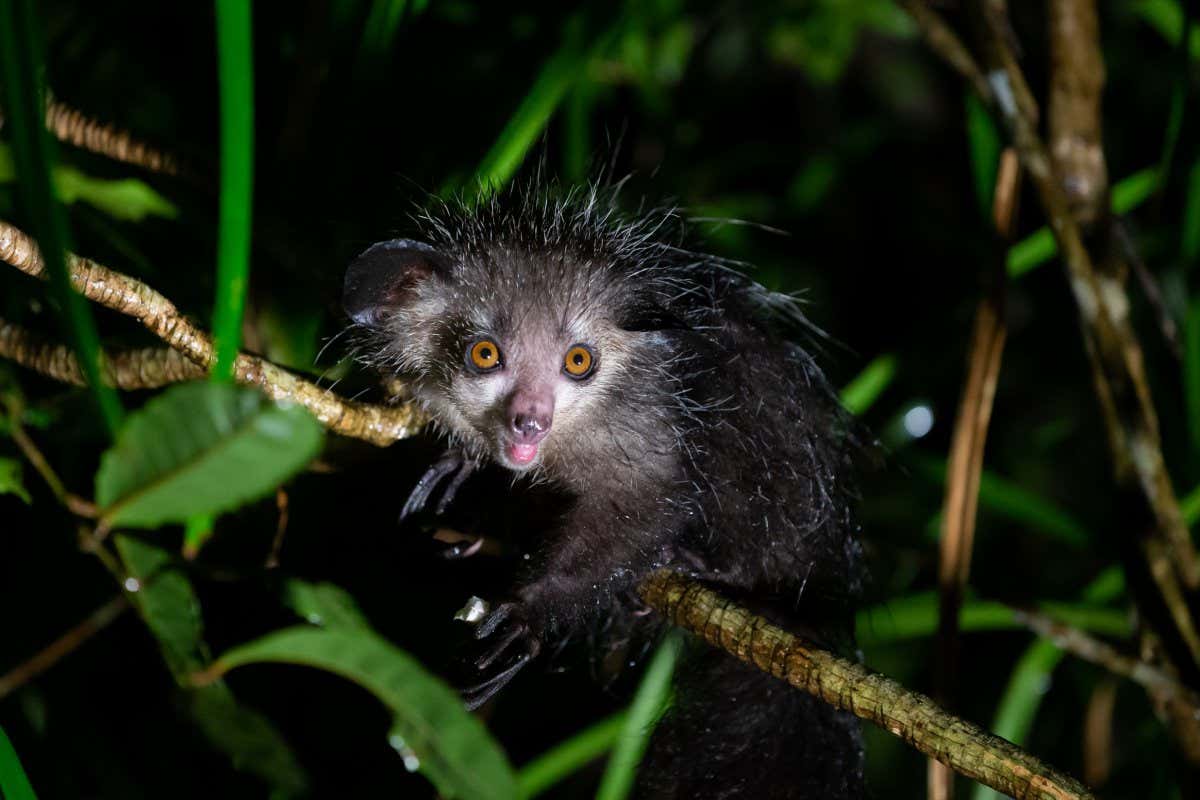Aye-aye & Possums: Urgent Conservation Needed
The plight of the aye-aye and various possum species highlights the urgent need for intensified conservation efforts. These unique and fascinating creatures, facing numerous threats, are teetering on the brink of extinction in some cases. Understanding their challenges is the first step towards securing their future.
The Enigmatic Aye-aye: A Primate in Peril
The aye-aye (Daubentonia madagascariensis), a nocturnal lemur endemic to Madagascar, is a truly bizarre creature. Its large ears, perpetually gnawing incisors, and elongated middle finger used for foraging insects make it unlike any other primate. Unfortunately, this unique adaptation also contributes to its precarious situation.
- Habitat Loss: Deforestation for agriculture and logging is rapidly shrinking the aye-aye's habitat, isolating populations and reducing food sources.
- Superstition and Misconceptions: Sadly, the aye-aye is often viewed with superstition and fear by some local communities. Beliefs that it is an omen of death or a harbinger of bad luck lead to its persecution.
- Lack of Awareness: The aye-aye's cryptic nature and limited distribution contribute to a lack of awareness regarding its conservation status among the wider public.
Conservation efforts for the aye-aye include:
- Protected Area Expansion: Establishing and strengthening protected areas within its range is crucial to preserving its habitat.
- Community Engagement: Educating local communities about the importance of the aye-aye and dispelling harmful myths is essential for its survival.
- Research and Monitoring: Continued research is necessary to understand aye-aye ecology and behavior, informing more effective conservation strategies.
Possums: A Diverse Group Facing Multiple Threats
Possums, a diverse group of marsupials found across the Americas and Australia, face a range of threats depending on their species and location. While some possum species are relatively common, many are endangered or vulnerable.
- Habitat Fragmentation: Urbanization and agricultural expansion are leading to habitat loss and fragmentation, isolating possum populations and reducing genetic diversity.
- Predation: Introduced predators like cats and foxes pose a significant threat to possums, particularly in areas where they lack natural defenses.
- Disease: Several diseases, including the deadly Trichomonas gallinae, can decimate possum populations.
- Road Mortality: Road collisions are a major cause of possum mortality, particularly in areas with high traffic volume.
Protecting possum populations requires a multifaceted approach:
- Habitat Restoration: Restoring and connecting fragmented habitats is vital for providing possums with suitable living spaces.
- Predator Control: Managing introduced predators can significantly reduce possum mortality.
- Disease Management: Research into disease prevention and treatment is crucial for protecting vulnerable populations.
- Road Mitigation: Implementing road mitigation measures, such as wildlife crossings, can reduce roadkill.
The Urgent Call to Action
The conservation challenges faced by aye-ayes and possums highlight the interconnectedness of biodiversity and human activities. Their survival depends on collaborative efforts from governments, conservation organizations, and local communities. We must act now to prevent the extinction of these unique and valuable creatures before it's too late.
Learn more about aye-aye and possum conservation by visiting these resources: [link to relevant conservation organization 1], [link to relevant conservation organization 2]. You can also support conservation efforts by [suggest a specific action, e.g., donating to a relevant charity]. Every action counts in the fight to save these incredible animals.

